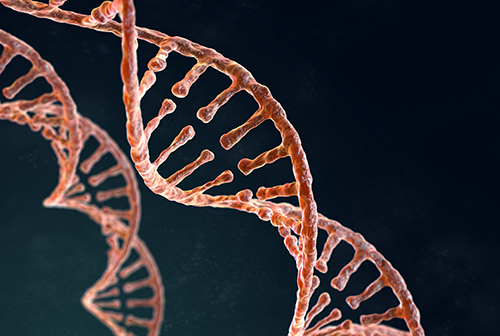- +852 1234 5678
- mycancerinfoorg@gmail.com

Circulating Tumor DNA (ctDNA) refers to small fragments of DNA that are shed by cancer cells into the bloodstream. These fragments carry the same genetic mutations as the tumor itself, making them a valuable tool for detecting and monitoring cancer through a simple blood test.
ctDNA is one of the key components analyzed in a liquid biopsy.
Learn how liquid biopsy and chemo sensitivity testing can personalize your treatment plan.
Gain knowledge to actively participate in treatment discussions with your healthcare team.
Discover how precision medicine and metabolic therapies can enhance treatment effectiveness.
Empower yourself with knowledge about precision metabolic oncology and take an active role in your cancer care journey.
Our team of oncology experts is here to help you understand your diagnosis and treatment options.